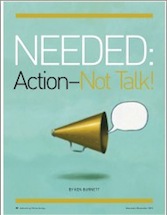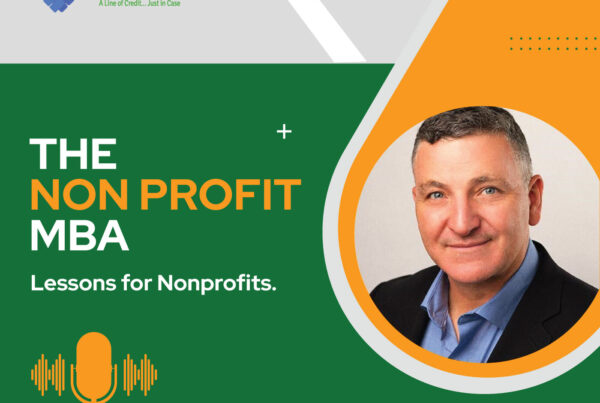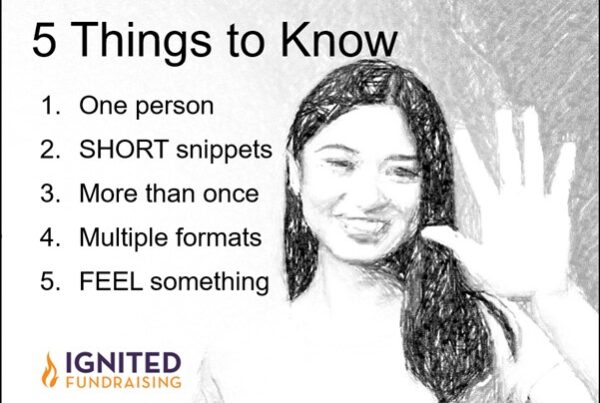 You sent your fall appeal. You held a fundraising event and got lots of new donors. You live in Minnesota and had donors give on-line for The Great Minnesota Give Together during Give to the Max day yesterday. So now what?
You sent your fall appeal. You held a fundraising event and got lots of new donors. You live in Minnesota and had donors give on-line for The Great Minnesota Give Together during Give to the Max day yesterday. So now what?
The buzz is: be donor-centered. Focus on the person making the gift by being more personal and authentic. Don’t send impersonal emails or make intrusive telephone calls. (I actually just received a call asking for money while writing this post. They wouldn’t take no for my answer!)
In a busy development office what does that really mean? And are we capable of taking on this challenge of maintaining meaningful relationships with these new supporters?
I believe we can. It takes imagination, thinking outside the box, AND focusing on the person as much or more than their gift.
Here’s how. I just read a great article from the November/December issue of Advancing Philanthropy magazine from the Association of Fundraising Professionals. The article: “Needed: Action-Not Talk!*” by the very wise author and speaker Ken Burnett has some great suggestions for us all.
Here’s an excerpt. As Ken says, “these are seven practical, achievable things I would do differently if I were head of fundraising now:”
 1. Become master of your data, for to be otherwise would be to demonstrate foolishness.
1. Become master of your data, for to be otherwise would be to demonstrate foolishness.
2. Make sure that it is always a pleasure to be a donor. This would be the primary focus of everyone at our place, from the CEO and board to the mail room and the switchboard. We would make being a donor a secretly selfish act.
3. Our donor-care team would be the best there is at thanking and welcoming donors. We would also invest passion, energy, and time into comprehensively answering our donors most pressing question: “Did my gift make a difference?”
4. Make a strong, clear case to all donors – and to the board – for the need to invest properly in fundraising. Fundraisers make too many false economies because they have failed to adequately present the commercial case for investment in donor development. Investing $100 wisely makes much more sense to donors than wasting $50. Tell everyone this – and show them, too.
5. Set aside a substantial percentage of my department’s resources as a budget for testing – say, 10 percent. Use this money only for testing new ideas. Rigorously record and monitor these tests.
6. With colleagues, take time out from daily chores to learn how to think differently. Our donors would be in for surprises. Read a lot, meet surprising new people and become as learned about our craft as its art and science as we possibly could be.
7. Communications would focus on making the donor experience unforgettable.
I love this list.
Especially #7.
As you get excited for the new supporters you acquire this fall and you receive gifts from previous donors again, it’s time to create a donor-centered action plan for retaining their financial, emotional, and mental support for the coming year.
Just do it. Take action – not just talk.
*The full article is available to members of the Association of Fundraising Professionals online or in print.







Great advice! I especially love making sure it’s always a pleasure to be a donor.
How much fun organizations could have when they work from…how can we make it a pleasure to support us? Thanks for the comment, Bunnie.
If the organization’s survival is dependent on fundraising, being donor-focused certainly makes sense as a priority. I wonder why several items on the list are not being done by many nonprofit organizations…
In our organization, we design donor communications and events to mirror the experiences our students are having. This way, our service work and our development work are on the same page. It is exciting to see them grow together!
What a great idea, Marty! I love that you make sure to mirror the experience students are having so donors really can see their support in action.
Great post, Lori. I would also suggest that these 7 points can be applied to each fundraising event also. Imagine if an organization put together their next gala or bake sale working from this position. When all 7 points were implemented, they would be making relationships that are going to benefit the np way into the future.
Excellent idea, Sherry!